
 Published in 2020 by The Rosen Publishing Group, Inc. 29 East 21st Street, New York, NY 10010 Cataloging-in-Publication Data Names: Amson-Bradshaw, Georgia. Title: Sound / Georgia Amson-Bradshaw. Description: New York: PowerKids Press, 2020. | Series: Boom science | Includes glossary and index. | Sound--Measurement--Juvenile literature. | Sound--Measurement--Juvenile literature.
Published in 2020 by The Rosen Publishing Group, Inc. 29 East 21st Street, New York, NY 10010 Cataloging-in-Publication Data Names: Amson-Bradshaw, Georgia. Title: Sound / Georgia Amson-Bradshaw. Description: New York: PowerKids Press, 2020. | Series: Boom science | Includes glossary and index. | Sound--Measurement--Juvenile literature. | Sound--Measurement--Juvenile literature.
Classification: LCC QC225.5 A56 2020 | DDC 534--dc23 Copyright 2020 Wayland, a division of Hachette Childrens Group Series Editor: Georgia Amson-Bradshaw Series Designer: Rocket Design (East Anglia) Ltd Picture acknowledgements: Images from t, NattapolStudiO 27b All illustrations on pages by Steve Evans All design elements from Shutterstock. All rights reserved. No part of this book may be reproduced in any form without permission in writing from the publisher, except by a reviewer. Manufactured in the United States of America CPSIA Compliance Information: Batch CSPK19: For Further Information contact Rosen Publishing, New York, New York at 1-800-237-9932. 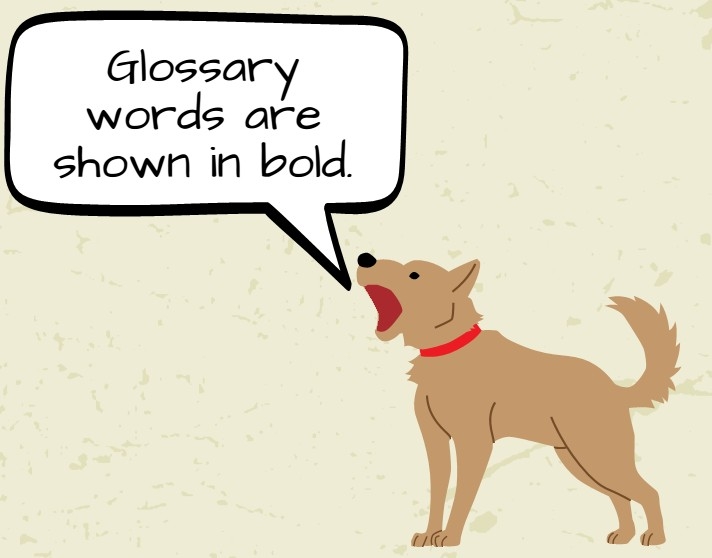 CONTENTS
CONTENTS SOUND ALL AROUNDSounds give us information about what is around us.
SOUND ALL AROUNDSounds give us information about what is around us. NOISY WORLD Every day, we hear hundreds of different sounds. Some are loud, such as people shouting, or heavy trucks driving past.
NOISY WORLD Every day, we hear hundreds of different sounds. Some are loud, such as people shouting, or heavy trucks driving past.
Others are quiet, such as a gentle breeze rustling the leaves on a tree. TALKING We use sound to with one another when we talk. We can make different words and sounds with our voices to tell each other things. WARNINGS Sound can be used to send out warnings. For example, the loud sound of an ambulance tells us a vehicle is coming through, and to get out of the way. HIDE AND SEEK We use electronic objects that make sound every day.
Can you spot someone using one? MUSIC People also enjoy sound for its own sake when they make and listen to . MOVING SOUND Sound travels in waves of vibrations.VIBRATIONS Sounds are made by things vibrating, or moving backward and forward a tiny amount, very fast. For example, a bees quickly vibrating wings are what makes its buzzing noise.  TRAVELING WAVES Sounds travel because the vibrations spread out through the air in waves, like ripples in a pond. We hear sounds when the waves of vibrations reach our ears.
TRAVELING WAVES Sounds travel because the vibrations spread out through the air in waves, like ripples in a pond. We hear sounds when the waves of vibrations reach our ears. 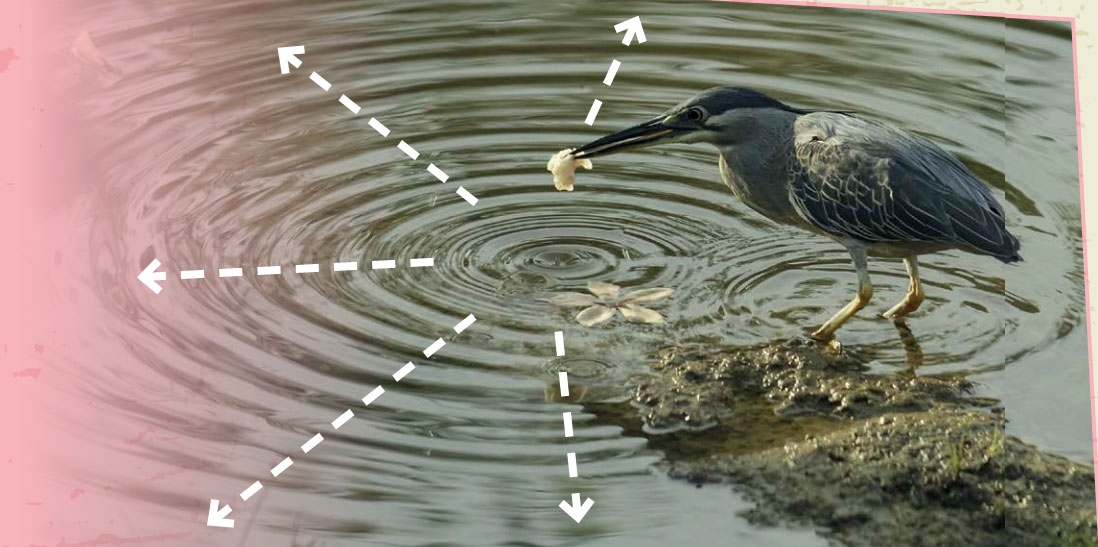 FEEL THE SOUND Unlike ripples in a pond, most vibrations arent easy to see.
FEEL THE SOUND Unlike ripples in a pond, most vibrations arent easy to see.
Try putting your hand on your throat and singing. The buzzing you will feel is your vibrating to make the sound of your voice.  Wow! When we speak or sing, our vocal cords vibrate between 100 and 1,000 times per second, depending on the .
Wow! When we speak or sing, our vocal cords vibrate between 100 and 1,000 times per second, depending on the . 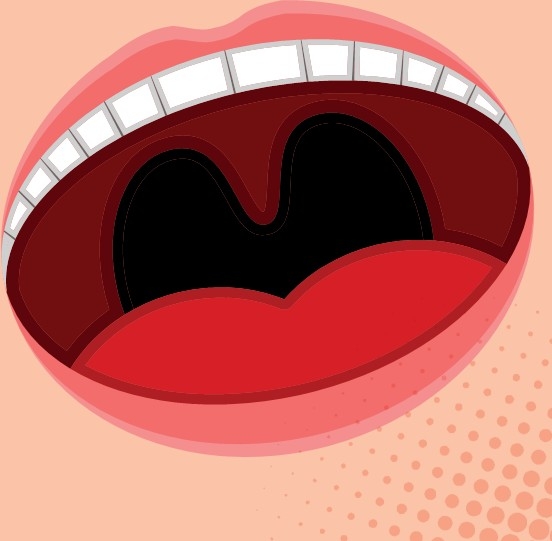 HEY, WHAT AM I? Sounds are made when something vibrates. What can you see in this picture? Answer on .
HEY, WHAT AM I? Sounds are made when something vibrates. What can you see in this picture? Answer on . 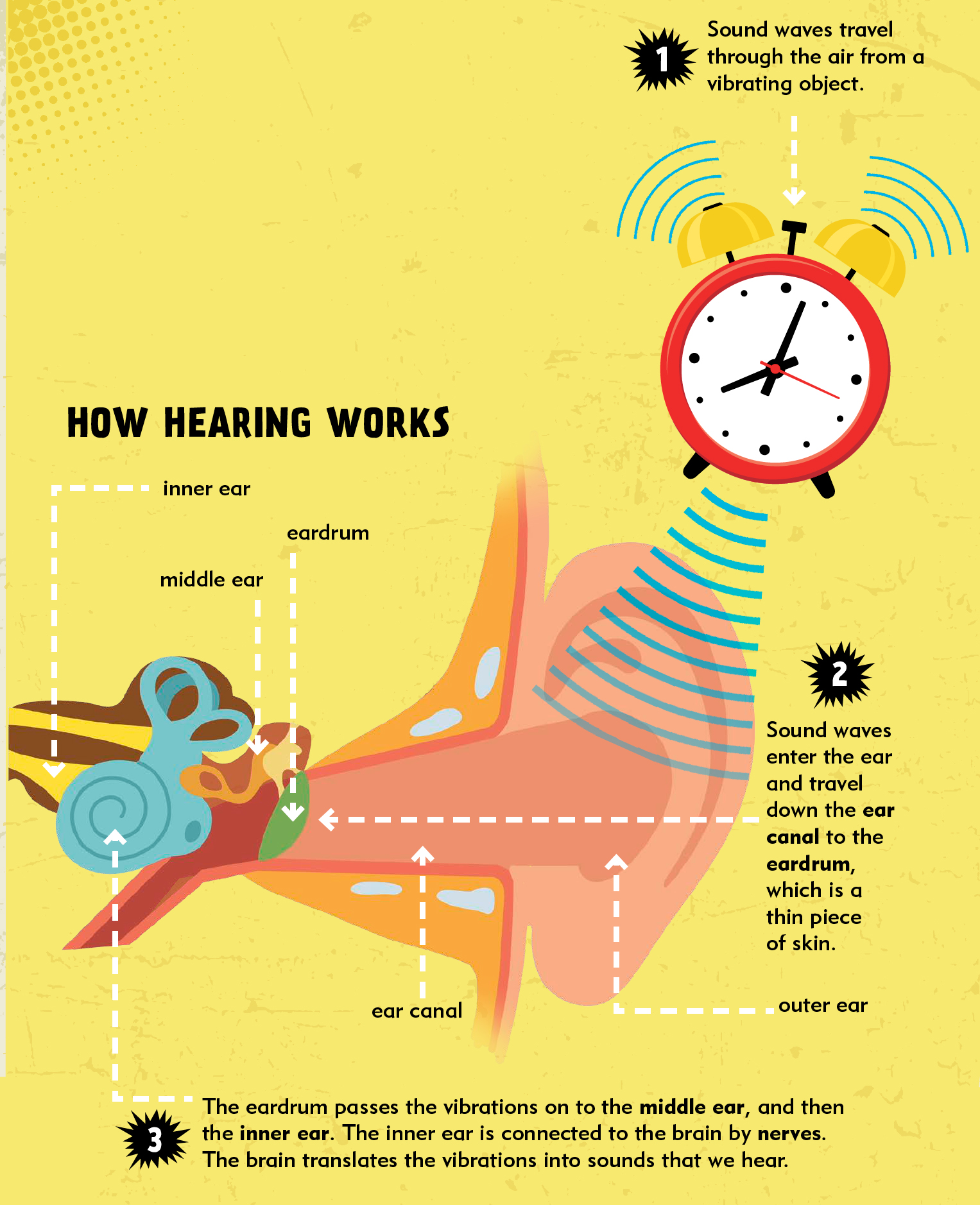 EAR FLAPS The part of your ears on the outside of your head is called the .
EAR FLAPS The part of your ears on the outside of your head is called the .  EAR FLAPS The part of your ears on the outside of your head is called the .
EAR FLAPS The part of your ears on the outside of your head is called the .
It catches sound waves and directs them down the ear canal. 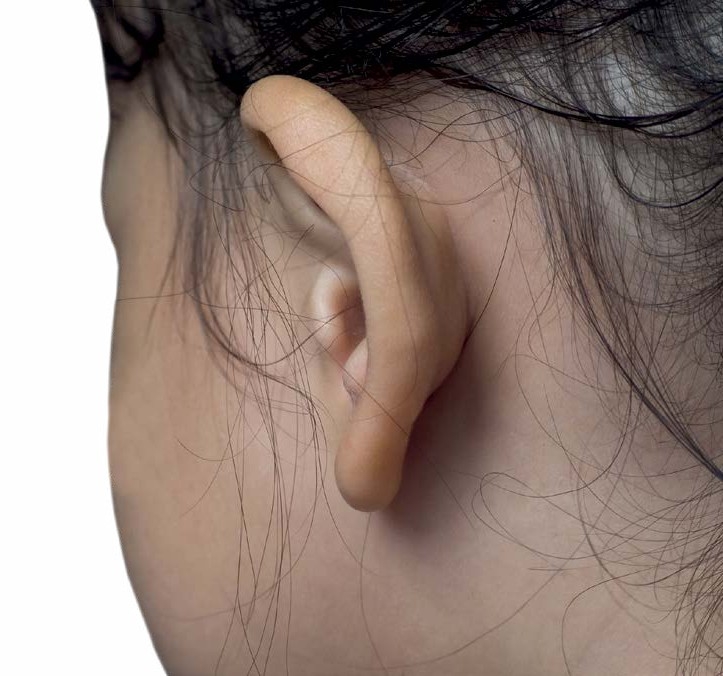 Wow! Snakes dont have outer ears. Instead they hear by sensing vibrations with their jawbones.
Wow! Snakes dont have outer ears. Instead they hear by sensing vibrations with their jawbones.  HEY, WHAT AM I? Listening to very loud music or other sounds can damage your ears, so sometimes it is necessary to protect them. What can you see in this picture? Answer on .
HEY, WHAT AM I? Listening to very loud music or other sounds can damage your ears, so sometimes it is necessary to protect them. What can you see in this picture? Answer on . 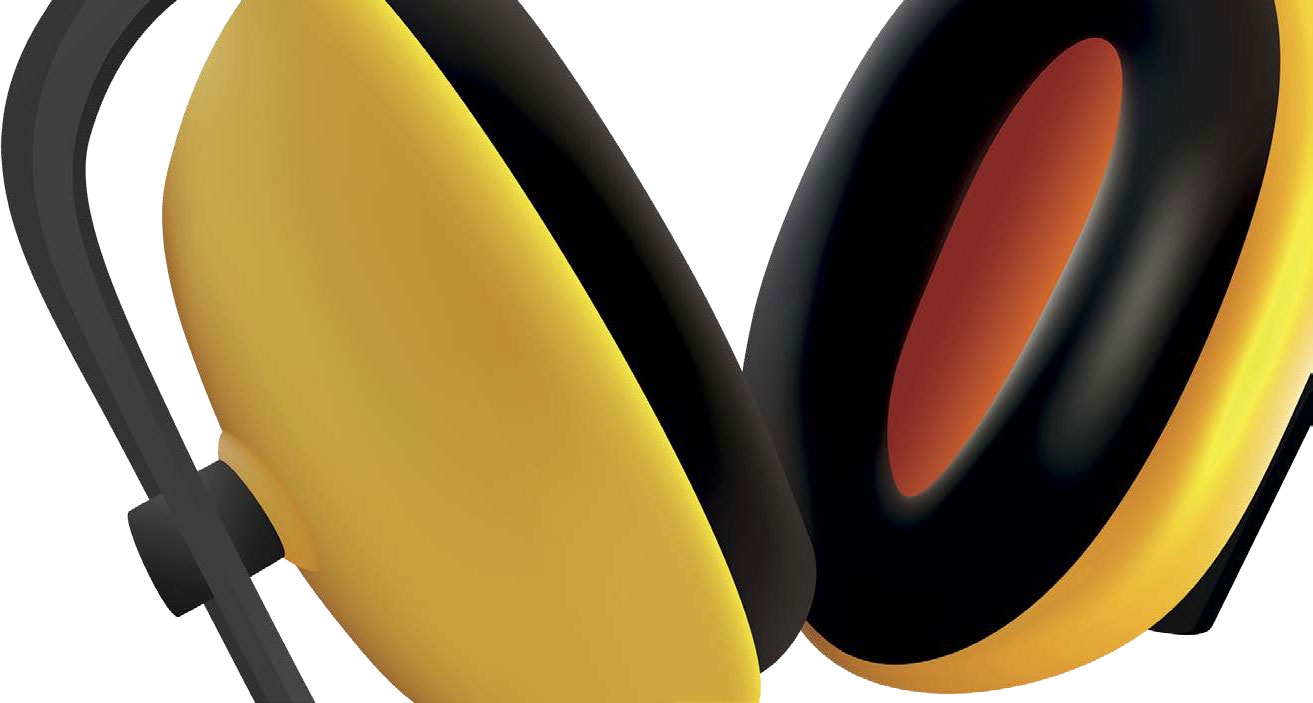 YOUR TURN ! IMPROVE YOUR EARS Some animals hearing is better than ours.
YOUR TURN ! IMPROVE YOUR EARS Some animals hearing is better than ours.
They have bigger ears, or ears they can move around. Try making some animal ears to improve your hearing. Youll need: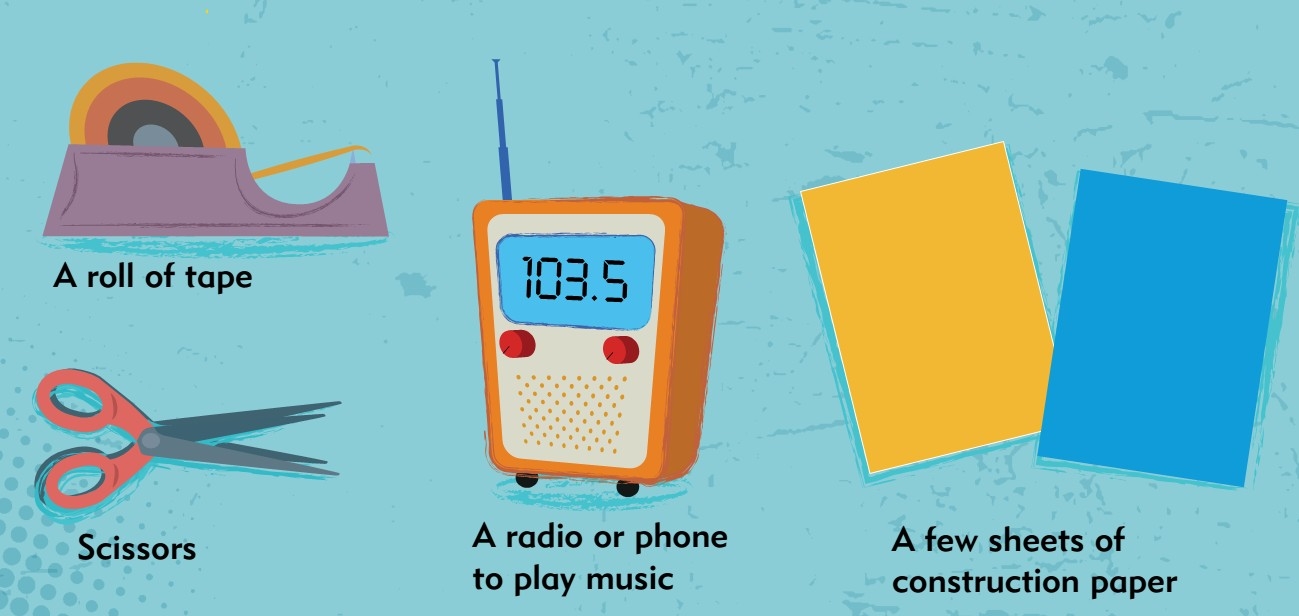 STEP ONE Make cone-shaped ears by rolling two pieces of construction paper into wide cones, and taping them in place. The small hole should rest in your outer ear, but dont push it into your ear canal.
STEP ONE Make cone-shaped ears by rolling two pieces of construction paper into wide cones, and taping them in place. The small hole should rest in your outer ear, but dont push it into your ear canal. 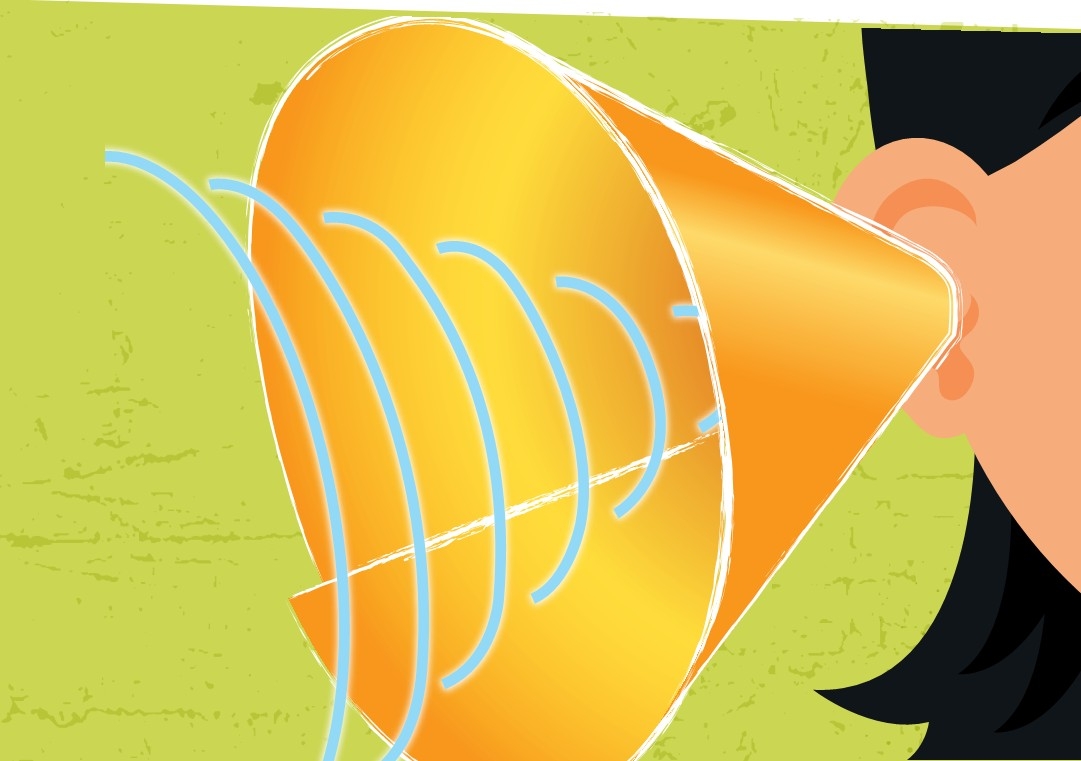 STEP TWO Make a second pair of ears by cutting two large teardrop shapes from construction paper. Cut a large triangle out of the bottom of each, then tape the cut sides together.
STEP TWO Make a second pair of ears by cutting two large teardrop shapes from construction paper. Cut a large triangle out of the bottom of each, then tape the cut sides together.
This makes a cupped shape that you can hold behind your real ears to create extra large ears. 13 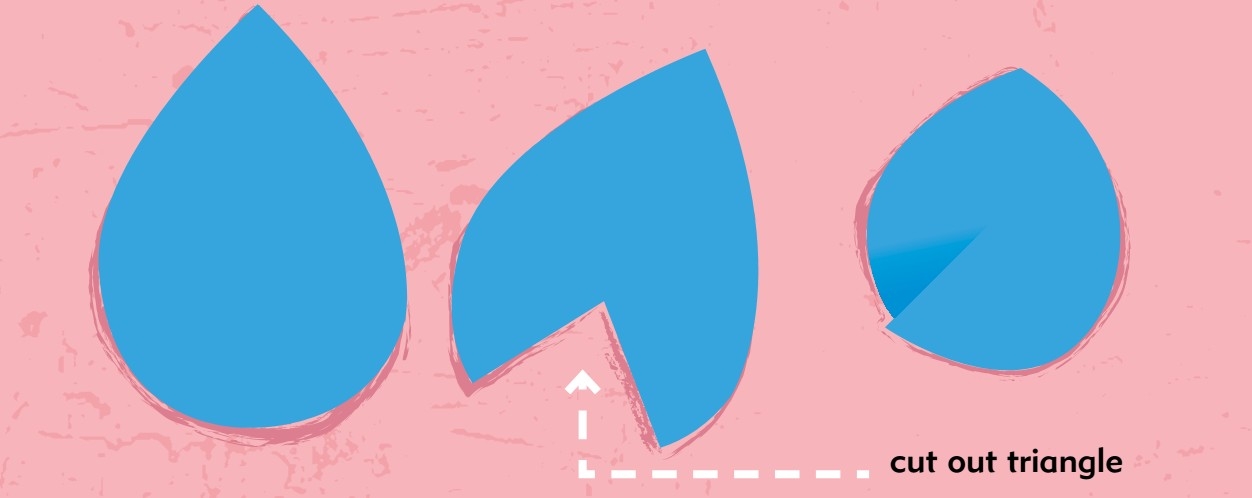 STEP THREE Test out your ears by playing the music on your radio or phone on a very low . First, try the coneshaped ears. Do they make the sound quieter or louder? Does it make a difference what direction the cones are pointing? Try the cupped ears. How do they compare? Does angling the cupped ears up or down make a difference?
STEP THREE Test out your ears by playing the music on your radio or phone on a very low . First, try the coneshaped ears. Do they make the sound quieter or louder? Does it make a difference what direction the cones are pointing? Try the cupped ears. How do they compare? Does angling the cupped ears up or down make a difference? 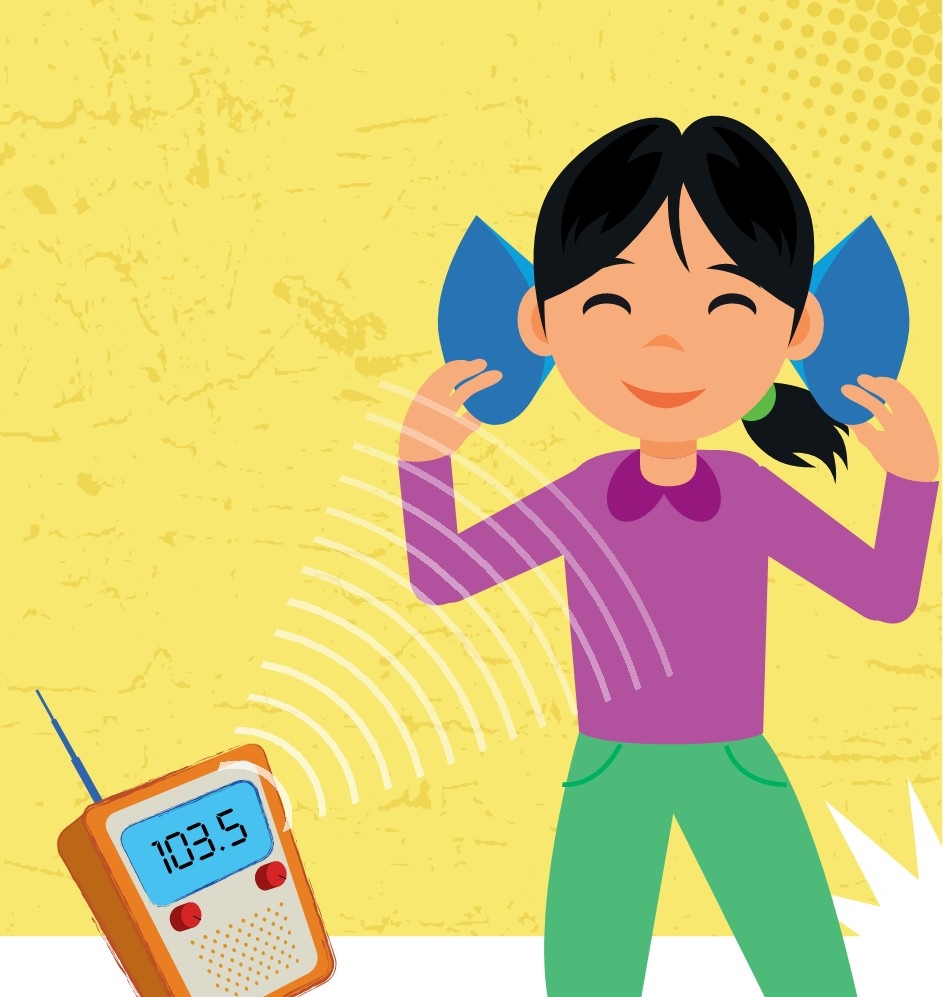 LOUD AND QUIET SOUNDSThe volume of a sound is how loud or quiet it is .
LOUD AND QUIET SOUNDSThe volume of a sound is how loud or quiet it is .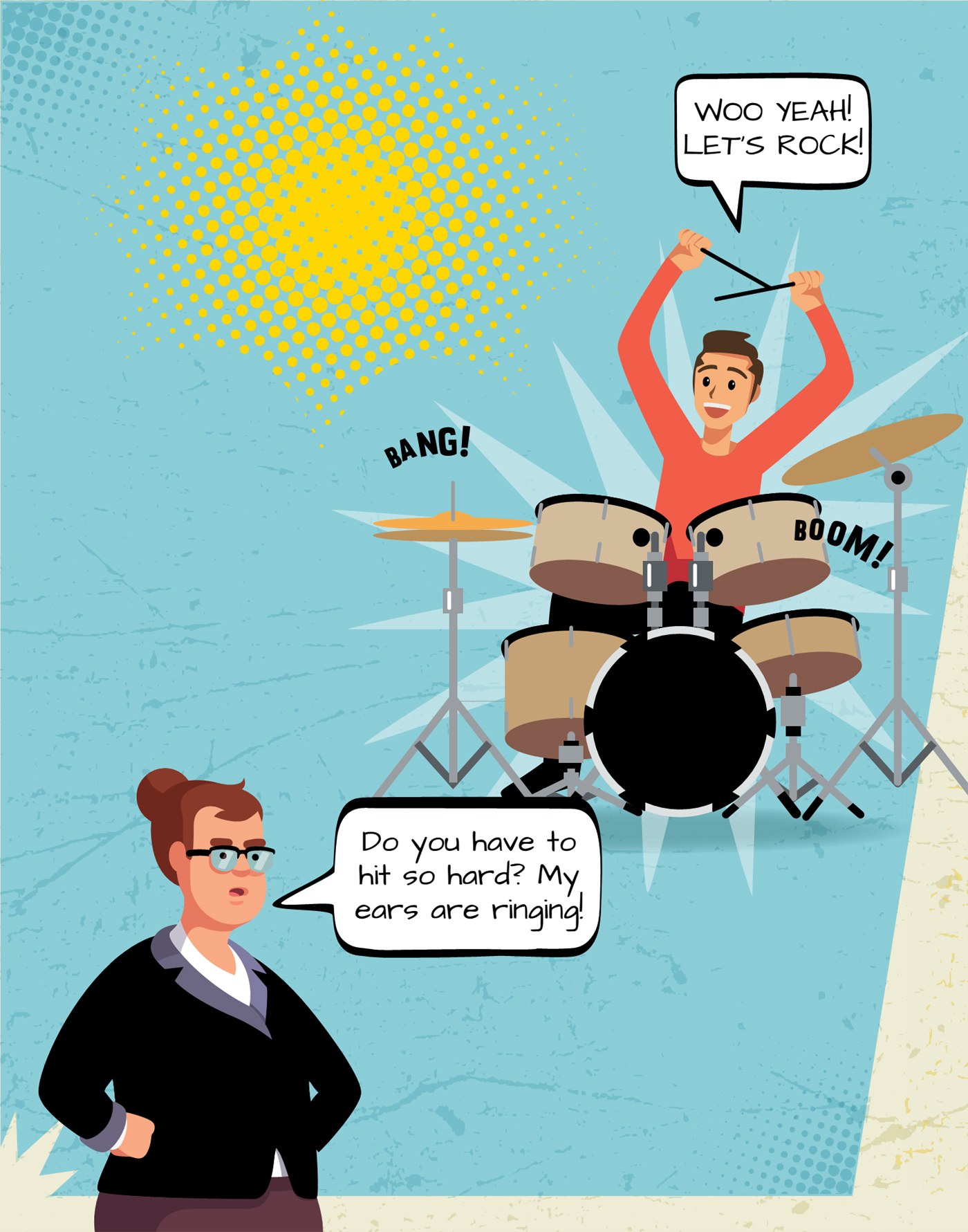 BIG VIBRATIONS Loud sounds make big vibrations. SMALL VIBRATIONS A drummer gently tapping a drum makes a quieter noise because the vibrations of the drum are small. LOUDER GOES FURTHER The louder a noise is, the further it will travel. LOUDER GOES FURTHER The louder a noise is, the further it will travel.
BIG VIBRATIONS Loud sounds make big vibrations. SMALL VIBRATIONS A drummer gently tapping a drum makes a quieter noise because the vibrations of the drum are small. LOUDER GOES FURTHER The louder a noise is, the further it will travel. LOUDER GOES FURTHER The louder a noise is, the further it will travel.
The rumble of a thunderstorm or a volcano erupting can be heard from several miles away, but a whisper is too quiet to be heard across a room. 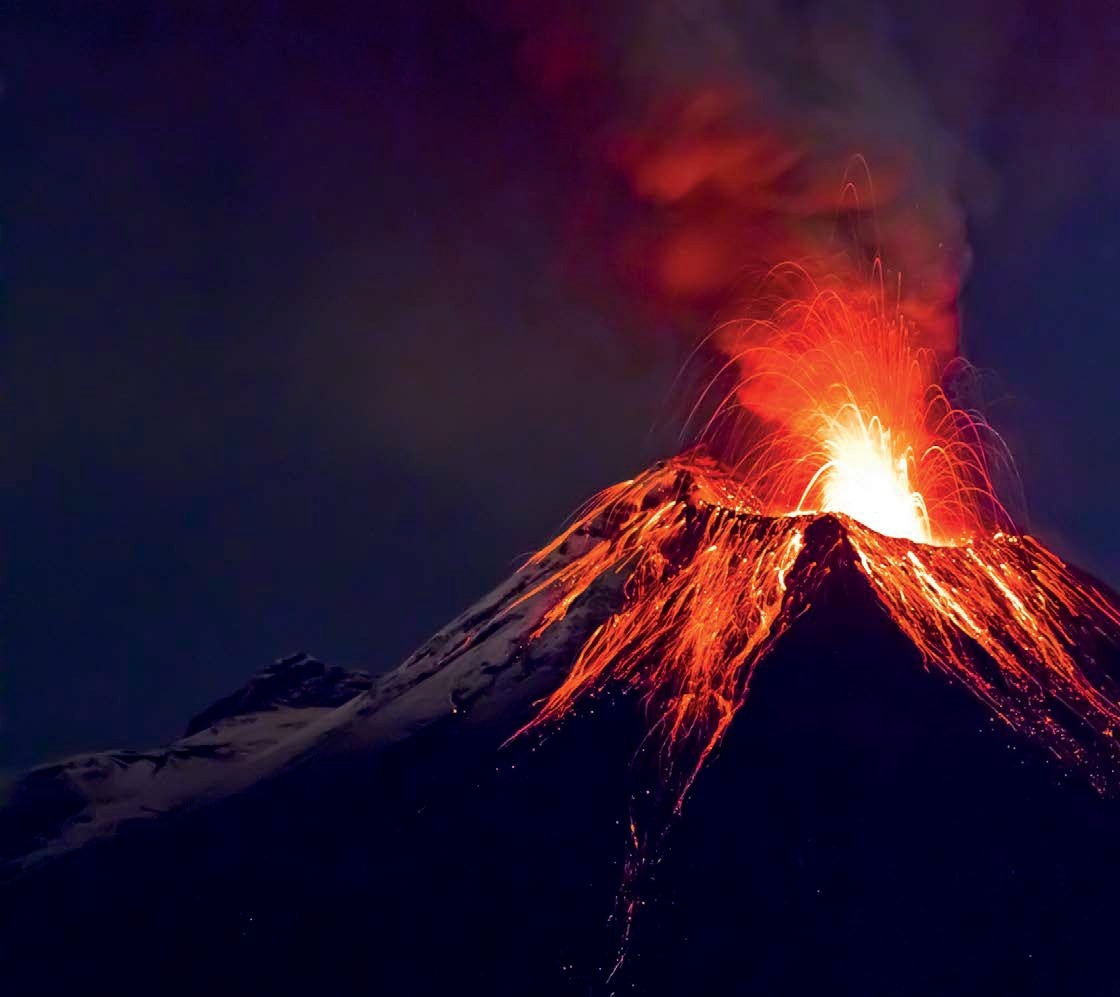
Next page

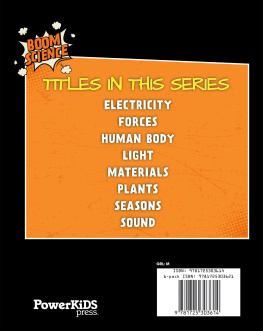

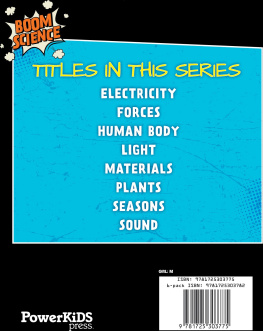
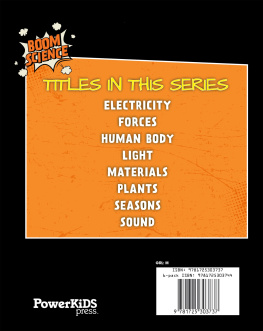
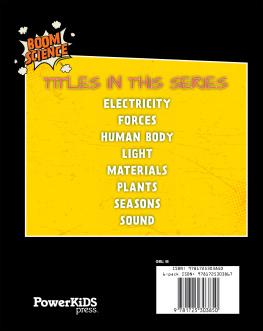
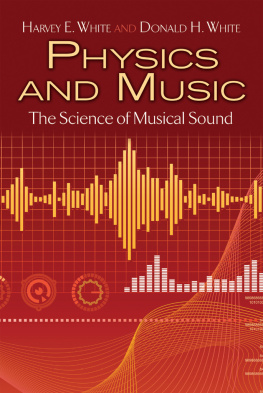

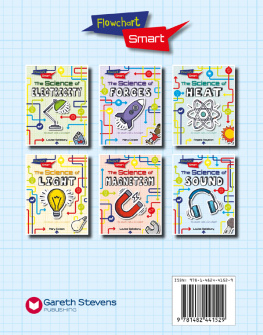
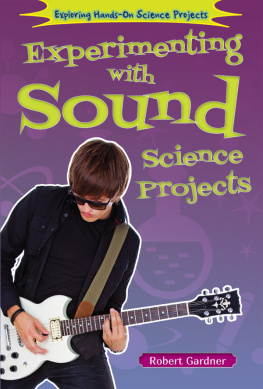

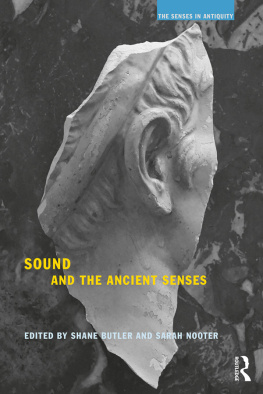
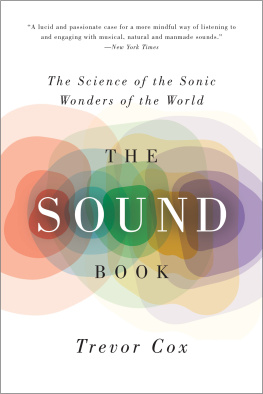

 Published in 2020 by The Rosen Publishing Group, Inc. 29 East 21st Street, New York, NY 10010 Cataloging-in-Publication Data Names: Amson-Bradshaw, Georgia. Title: Sound / Georgia Amson-Bradshaw. Description: New York: PowerKids Press, 2020. | Series: Boom science | Includes glossary and index. | Sound--Measurement--Juvenile literature. | Sound--Measurement--Juvenile literature.
Published in 2020 by The Rosen Publishing Group, Inc. 29 East 21st Street, New York, NY 10010 Cataloging-in-Publication Data Names: Amson-Bradshaw, Georgia. Title: Sound / Georgia Amson-Bradshaw. Description: New York: PowerKids Press, 2020. | Series: Boom science | Includes glossary and index. | Sound--Measurement--Juvenile literature. | Sound--Measurement--Juvenile literature. CONTENTS
CONTENTS SOUND ALL AROUNDSounds give us information about what is around us.
SOUND ALL AROUNDSounds give us information about what is around us. NOISY WORLD Every day, we hear hundreds of different sounds. Some are loud, such as people shouting, or heavy trucks driving past.
NOISY WORLD Every day, we hear hundreds of different sounds. Some are loud, such as people shouting, or heavy trucks driving past. TRAVELING WAVES Sounds travel because the vibrations spread out through the air in waves, like ripples in a pond. We hear sounds when the waves of vibrations reach our ears.
TRAVELING WAVES Sounds travel because the vibrations spread out through the air in waves, like ripples in a pond. We hear sounds when the waves of vibrations reach our ears.  FEEL THE SOUND Unlike ripples in a pond, most vibrations arent easy to see.
FEEL THE SOUND Unlike ripples in a pond, most vibrations arent easy to see. Wow! When we speak or sing, our vocal cords vibrate between 100 and 1,000 times per second, depending on the .
Wow! When we speak or sing, our vocal cords vibrate between 100 and 1,000 times per second, depending on the .  HEY, WHAT AM I? Sounds are made when something vibrates. What can you see in this picture? Answer on .
HEY, WHAT AM I? Sounds are made when something vibrates. What can you see in this picture? Answer on .  EAR FLAPS The part of your ears on the outside of your head is called the .
EAR FLAPS The part of your ears on the outside of your head is called the .  Wow! Snakes dont have outer ears. Instead they hear by sensing vibrations with their jawbones.
Wow! Snakes dont have outer ears. Instead they hear by sensing vibrations with their jawbones.  HEY, WHAT AM I? Listening to very loud music or other sounds can damage your ears, so sometimes it is necessary to protect them. What can you see in this picture? Answer on .
HEY, WHAT AM I? Listening to very loud music or other sounds can damage your ears, so sometimes it is necessary to protect them. What can you see in this picture? Answer on .  YOUR TURN ! IMPROVE YOUR EARS Some animals hearing is better than ours.
YOUR TURN ! IMPROVE YOUR EARS Some animals hearing is better than ours. STEP ONE Make cone-shaped ears by rolling two pieces of construction paper into wide cones, and taping them in place. The small hole should rest in your outer ear, but dont push it into your ear canal.
STEP ONE Make cone-shaped ears by rolling two pieces of construction paper into wide cones, and taping them in place. The small hole should rest in your outer ear, but dont push it into your ear canal.  STEP TWO Make a second pair of ears by cutting two large teardrop shapes from construction paper. Cut a large triangle out of the bottom of each, then tape the cut sides together.
STEP TWO Make a second pair of ears by cutting two large teardrop shapes from construction paper. Cut a large triangle out of the bottom of each, then tape the cut sides together. STEP THREE Test out your ears by playing the music on your radio or phone on a very low . First, try the coneshaped ears. Do they make the sound quieter or louder? Does it make a difference what direction the cones are pointing? Try the cupped ears. How do they compare? Does angling the cupped ears up or down make a difference?
STEP THREE Test out your ears by playing the music on your radio or phone on a very low . First, try the coneshaped ears. Do they make the sound quieter or louder? Does it make a difference what direction the cones are pointing? Try the cupped ears. How do they compare? Does angling the cupped ears up or down make a difference?  LOUD AND QUIET SOUNDSThe volume of a sound is how loud or quiet it is .
LOUD AND QUIET SOUNDSThe volume of a sound is how loud or quiet it is . BIG VIBRATIONS Loud sounds make big vibrations. SMALL VIBRATIONS A drummer gently tapping a drum makes a quieter noise because the vibrations of the drum are small. LOUDER GOES FURTHER The louder a noise is, the further it will travel. LOUDER GOES FURTHER The louder a noise is, the further it will travel.
BIG VIBRATIONS Loud sounds make big vibrations. SMALL VIBRATIONS A drummer gently tapping a drum makes a quieter noise because the vibrations of the drum are small. LOUDER GOES FURTHER The louder a noise is, the further it will travel. LOUDER GOES FURTHER The louder a noise is, the further it will travel.